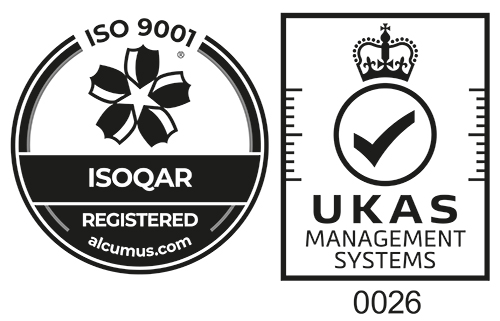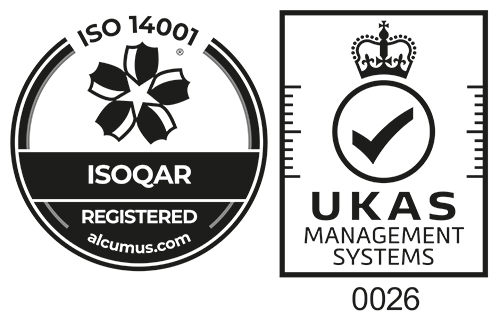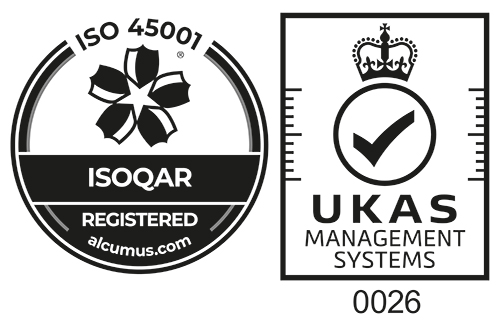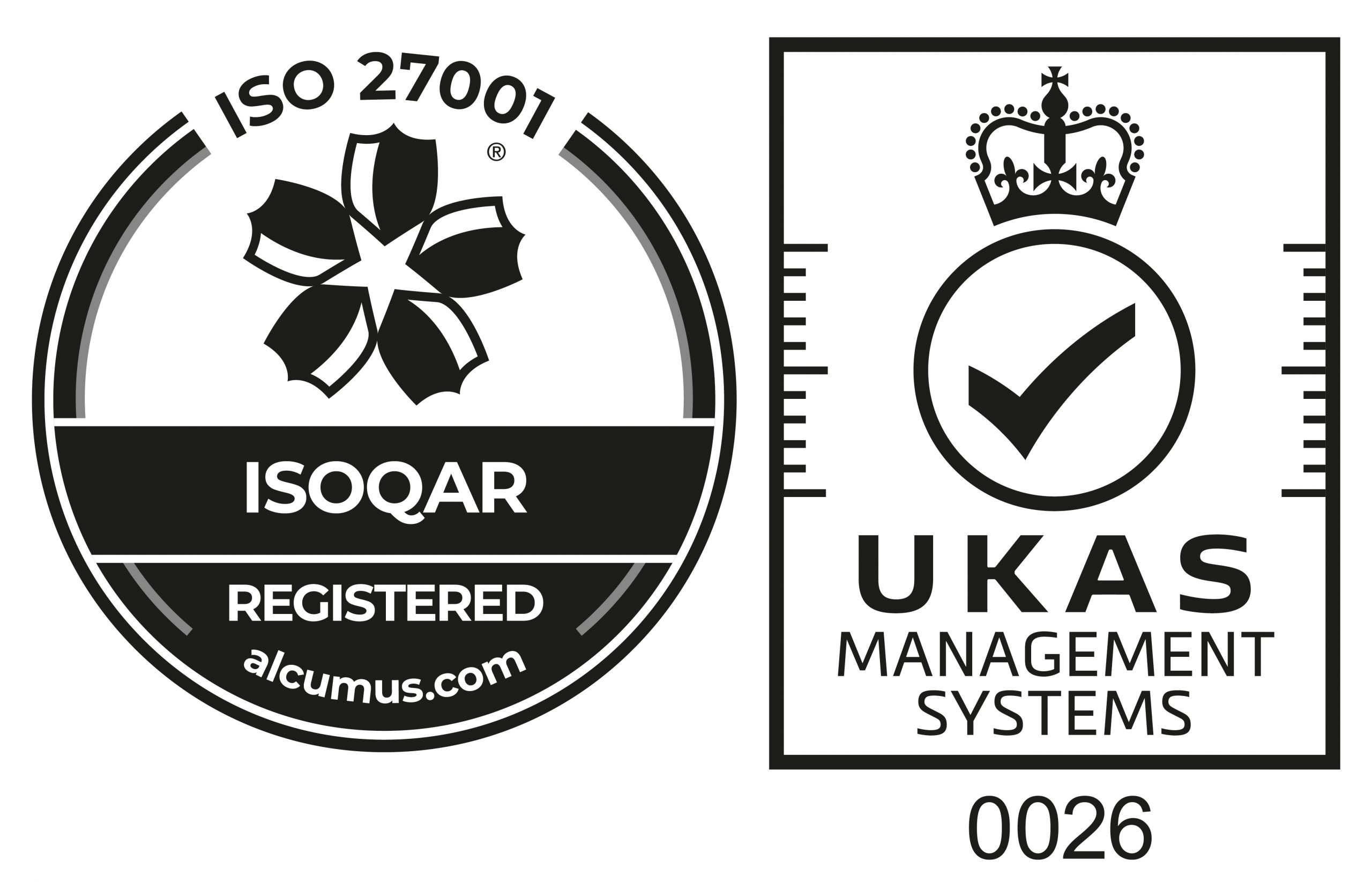One of the most misused words used in the construction industry is ‘competent person’, as any construction site manager after completing a one day IOSH working safely course could consider him or herself as a competent person. Clearly just because they have done a one-day course does not necessarily make them competent as this is built upon as experience grows.
In this document we will look at the concept of the ‘competent person’, but apply it across the whole workforce and not only to supervisory roles. It will discuss how this is checked and managed in terms of induction, checking competencies and ensuring workers remain safe on site. The paper will also serve to highlight on-site management opportunities utilising smart technologies that could assist site and project managers to help nurture workers to improve in the ‘competent person’ role. After all, the aim is for all workers to be competent in the jobs they perform and be able to assess hazards and either rectify them or report them should they be insurmountable.
[vc_video link=”https://www.youtube.com/watch?v=0OPQUmy47OI” el_width=”80″ align=”center”]
Firstly, we will delve into some industry definitions of what a competent person is, albeit within the context of supervisory roles. These provide useful definitions about what we should also expect from our workforce to a degree. The Health and Safety Executive (HSE) defines a competent person as:
“someone who has sufficient training and experience or knowledge and other qualities that allow them to assist you properly. The level of competence required will depend on the complexity of the situation and the particular help you need.”
However, in the definition of competent in the HSE Construction (Design and Management) Regulations 2015 competent means:
“to perform any requirement and avoid contravening any prohibition imposed on a person by or under any of the relevant statutory provisions”.
Which means someone who:
- is able to perform a job effectively
- can identify whether their surroundings or work area is hazardous or dangerous not only to themselves but others
- has the knowledge and authorisation to take corrective action quickly.
Looking at the two industry definitions in terms of what is a competent person in the construction industry, it becomes apparent that both definitions have merit. The English dictionary definition of competent is someone who is ‘efficient and capable’. Effectively having the nouse to undertake work in an efficient and safe manner. This definition is probably more fitting for the workforce as a whole, as they are not mandated unlike supervisors. Yet, being a competent person isn’t just about the level of training a person has received. Nor is it simply a matter of being in a managerial role and certainly not just a matter of being designated.
Competent person vs. Qualified person
In addition to a competent person, the HSE and other international regulatory standards sanction the designation of a ‘qualified person’. Experts are quick to point out that although the two have some similarities, notable differences also exist.
While a competent person on site should be able to identify hazards around them and has the authority to take action to mitigate them, a qualified person is required to have a recognised qualification such as a degree, certificate etc. The former might also have considerable experience and capability to solve problems that arise, including technical knowledge or interpersonal skills for a specific work place issue. For example, in a trenching operation, a competent person must be able to identify hazards within the operation and solve those issues; a qualified person however has the knowledge to design the protective system in the trench.
In this paper we want to further explore what the legal obligations are towards a workforce, to not only help them perform their job to a high standard, but to go about their tasks in a safe manner. The vast majority of site workers won’t have the mandate and knowledge to take quick action like those in supervisory roles, but they should be able to recognise hazards, stop work and report incidents straight away.
Contractors duty of care
Principal contractors obviously have a legally binding duty of care to their workforce, whether they are employees or contractors. It is undoubtedly their responsibility to ensure they have the necessary skills, knowledge, training and experience to do the job safely and without putting their own or others’ health and safety at risk. It is also in their interest to ensure their workforce is both efficient and safety conscious from a profitability and operational perspective.
The workforce must be supervised and given clear instructions to perform their tasks safely using the right tools, equipment, plant, materials and protective clothing. They must be briefed (or their representatives) about health and safety issues, while making arrangements for employees’ health surveillance where required.
We are fortunate that we live in an age where company and brand reputation is crucial to maintaining credibility within the sector – and exemplary health and safety records play a key role in maintaining this. Beyond reputation, most top players now recognise that those who take safety seriously and invest more in worker safety really do achieve better profitability than contractors who spend less on safety. In a recent US survey of 250 contractors, conducted by Dodge Data & Analytics (in partnership with the Center for Construction Research and Training and United Rentals), they found a strong correlation between safety levels and profitability.
It all goes to prove that getting the right people, with the right skills, in the right place at the right time, is no mean feat. Moreover, it is about achieving this in an efficient and cost effective way. In addition, monitoring workforce performance and remedying any shortcomings is part of an ongoing process until the job is completed. Along the way there is usually a certain level of churn of staff, so new members of the workforce need to be inducted and brought into the project constantly.
What the Research says
In a recent HSE report entitled ‘The effectiveness of HSE’s regulatory approach: The construction example – 2016 (RR1082)’ a detailed omnibus survey was conducted amongst 5000 plus site workers, who were asked a number of questions about their accident, ill health experiences and understanding of health and safety risks. In order to probe a bit more on certain questions in the wider study, a booster survey of 500 construction workers was then undertaken.

On issues of competence, questions targeted both construction professionals and separately skilled trades personnel. It asked both their understanding of health and safety risks and the degree of motivation they demonstrate to become involved in improving H&S management. What is gratifying to see in the results was that understanding attributed to the two parties is similar, with 96% and 98% respectively judged to have a good understanding.
However, the responses have also shifted with time (as this is tracking research conducted over the years) to the strongly agree more than tend to agree which is testament to the good practice within the industry underpinned by the HSE and legislation. The motivation to keep improving H&S has been judged to be slightly higher for professionals but only marginally so (86% versus 81% for skilled trades). This clearly shows a willingness among the workforce to be not only actively involved in Health and Safety on projects, but also improvements in process. The paper continues to explore how this can be done effectively within a framework that can be somewhat managed.
How do these requirements and definitions actually translate into the working environment?
If a ‘competent person’ understands the process involved in performing the work, safety isn’t that much more of a challenge as they can assess jobs prior to starting, while auditing safety as they go along. A knowledgeable supervisor should know what tools will be required for a job as should a worker. The same can be said for what’s required to accomplish it safely. If you know that some of the work will be performed above ground, you know you’ll need the right equipment to facilitate that.
Therefore, planning safety is as critical as executing it. Many contractors have written safety programs. While they may be very comprehensive, the day-to-day implementation of those programs gets back to performance (or non-performance) by the competent person or persons.
The frequency of safety inspections, by supervisors, is invariably based on the degree of hazards at a project. All of which requires paperwork making constant invigilation of the site impossible. What is possible though, is a competent person’s understanding that if specific work rules are regularly spelled out, those rules are uniformly enforced, and hazards get eliminated as they are identified, the workers themselves will often become competent persons – shouldering a lot of the burden in the process.
An example of this can once again be seen in the HSE report referred to earlier. From a list of mechanisms around management and worker involvement suggested to respondents of which one or more might be present on site, response levels across the period were of the order of:
- Regular safety briefings / toolbox talks – 95%
- A near miss reporting system – 86%
- An employee H&S suggestion scheme – 51%
- Workforce safety representatives – 49%
- Safety committee – 33%
- Incentive / reward scheme – 12%
These results reflect how prevalent and important schemes like toolbox talks and having a system to report near miss accidents are to the safe running of construction sites in the modern era. What is equally important is that now the vast majority of workers now expecting them to be present to maintain high health and safety standards.
 To sum up this section, we can say that more of a health & safety culture has certainly permeated the building industry over the last decade, which has been reflected in the work the HSE does and the level of accidents and fatalities witnessed on site. The workforce is certainly an integral part of this health & safety culture and the improvements that have been seen, along with a commitment from the principle contractor to not tolerate shoddy work practices. The HSE research suggests the workforce have ever high expectations about health and safety schemes on site and are increasingly motivated to be part of these to ensure everyone is protected. This is something that should be harnessed and nurtured to both improve safety levels and also productivity.
To sum up this section, we can say that more of a health & safety culture has certainly permeated the building industry over the last decade, which has been reflected in the work the HSE does and the level of accidents and fatalities witnessed on site. The workforce is certainly an integral part of this health & safety culture and the improvements that have been seen, along with a commitment from the principle contractor to not tolerate shoddy work practices. The HSE research suggests the workforce have ever high expectations about health and safety schemes on site and are increasingly motivated to be part of these to ensure everyone is protected. This is something that should be harnessed and nurtured to both improve safety levels and also productivity.
While the role of the experienced and well-trained supervisors in the role of the ‘competent person’ is essential to ensure best practice around H&S being enforced, it is inevitably the workforce will be shouldering some of the responsibility to ensure safety practices are adhered to. Therefore, it is essentially that a competent workforce is employed on projects and empowered through site initiatives to ensure best practice is realized safe working practices for all. In order to empower the workforce in the H&S culture, management needs to look for solutions that can, check qualifications, record H&S activities and help police the project site.
What do we need to support management and the workforce to better empower them and further adopt best practice on site?
Due to the sheer size of projects that have been undertaken in the UK over the last decade and in the future these are likely to be more sizable, management now more than ever need technological support to help them monitor the workforce and ensure best practice and H&S messages are communicated. Throw in Joint Ventures and Super JV’s, such as the soon to be started A14, to already complex working arrangements, and the risk around managing a disparate and fluid workforce multiplies.
While it is well documented that the take up of technologies to aid the UK construction industry has been slow, KPMG albeit in a global study (Building a Technological Advantage – Global Construction Study 2016) found that fewer than one in 10 construction companies are at the sharp end of technology and most just follow on behind, trying to keep up. It finds the construction industry is struggling to employ the full benefits of technologies like advanced data and analytics, mobile telephony, automation and robotics. To provide a bit more context the study finding were broken down into regions with the Americas and Europe being the most technologically advanced.
In order to provide seamless solutions to further empower the ‘competent workforce’ across complex projects then companies will be forced to look for technological solutions to provide leadership. In addition to the macro-economic pressures on the industry currently, skills shortages will add another dimension of difficulty when it comes to managing projects and recruiting the right workforce.
Those companies that have already employed and integrated smart technology will continue to employ seamless systems that help them not only manage competencies, but all facets for site management. The market is growing so penetration of such systems is likely to continue, particularly among the bigger players in the industry. This means key activities and touch points within the workforce will be recorded against an individual’s records from the outset. These include documentation to prove the following:
- Has the worker correct basic qualifications to enter work site?
- Have the correct qualifications for the tasks been gained?
- Is the worker Fit for Work?
- Have they been comprehensively inducted?
- Do they receive regular updates and safety briefings?
- Have they been regularly assessed on skill sets?
- Do they successfully follow a skills improvement program?
- Are they regularly assessed on knowledge?
To conclude, help is at hand for the majority of the industry to start to make headway. The technology laggards within the sector will be pleased to hear that user friendly solutions do come in the form of cloud based, smart card operated ‘Competency Management Systems’. Vetting of qualifications can be undertaken at a pre, during and post induction stage. This dovetails into password protected Occupational Health information where medical parts of employee records must be isolated and access restricted to certain key project personnel. To build on knowledge and skills gained this in turn can be linked into an all-encompassing Learning Management System (LMS) that can deliver online training etc.

Within the LMS further assessment around the accuracy of employee knowledge can be gained via a product like Mosaic Perception. They identify risk that can be prevalent through misplaced confidence, lack of skills or simply bad practice. The customisable online assessments, consultancy services and workforce risk solution, enable our clients to identify, manage and mitigate this risk.
Site access is covered via a simple smart card entry scanner allowing for a record of each employee’s time and attendance to be captured during the duration of
a project. This can help alleviate issues around workers in critical safety roles and fatigue management, as alerts can be issued to prevent double shifting and the such like. In addition, the all-important safety and toolbox talk briefings that workers now even expect can all be recorded at the point of delivery. Throw in the opportunity to manage stock and plant equipment and even the issuing of Personal Protection Equipment (PPE) make for a powerful site management tool.
With such systems Health and Safety remains a high priority as the smart card promotes best practice rituals to both supervisors and the workforce. In turn this will empower workers further and free up supervisor time as all activities can be recorded on a Personal Digital Assistant (PDA) or mobile device. From a management perspective all activity is turned into numerical reporting with alerts set when parameters are breached. All data collected can then be transported to the next and project and or partnership arrangement. The age of the consistently competent workforce is truly upon us!
 To read further about Mosaic’s family of products then please follow the link
To read further about Mosaic’s family of products then please follow the link







